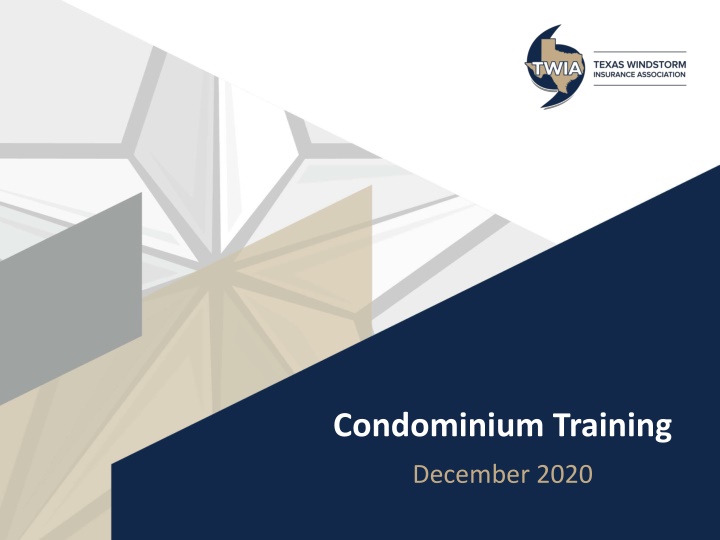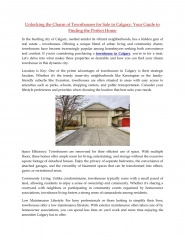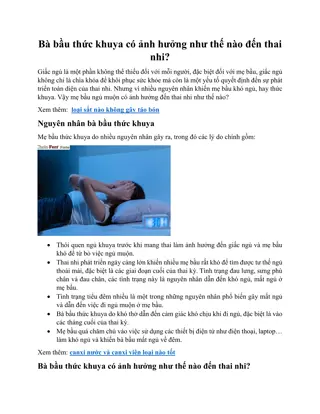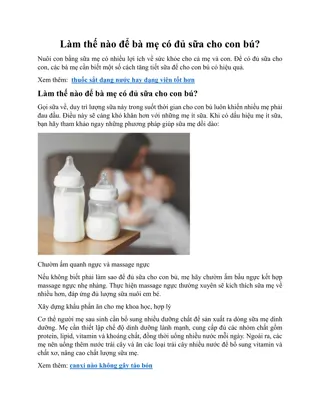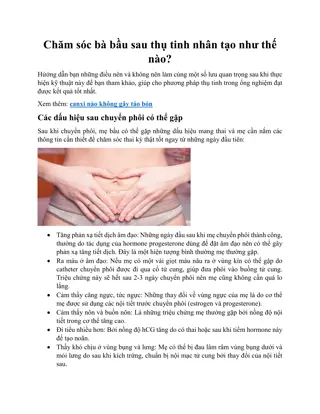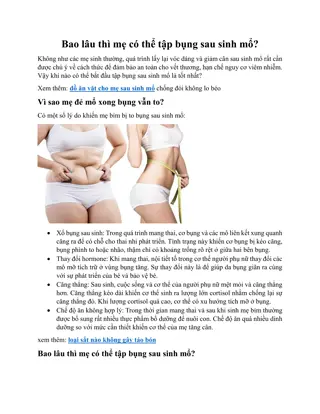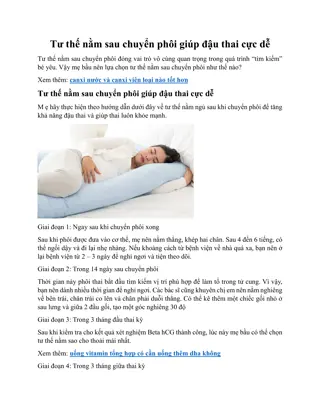The Difference Between Condominiums and Townhouses
Condominiums and townhouses have distinct ownership structures and legal definitions. While condominiums involve separate ownership of units and shared common areas, townhouses typically include owning both the dwelling and the land it sits on. Learn more about these differences and the implications for property ownership.
Download Presentation

Please find below an Image/Link to download the presentation.
The content on the website is provided AS IS for your information and personal use only. It may not be sold, licensed, or shared on other websites without obtaining consent from the author.If you encounter any issues during the download, it is possible that the publisher has removed the file from their server.
You are allowed to download the files provided on this website for personal or commercial use, subject to the condition that they are used lawfully. All files are the property of their respective owners.
The content on the website is provided AS IS for your information and personal use only. It may not be sold, licensed, or shared on other websites without obtaining consent from the author.
E N D
Presentation Transcript
Condominium Training December 2020
Difference between Condominiums and Townhouses Condominium: A form of real property with portions of the real property designated for separate ownership or occupancy, and the remainder of the real property designated for common ownership or occupancy solely by the owners of those portions. Real property is a condominium only if one or more of the common elements are directly owned in undivided interests by the unit owners. Real property is not a condominium if all of the common elements are owned by a legal entity separate from the unit owners, such as a corporation, even if the separate legal entity is owned by the unit owners.(Texas Uniform Condominium Act, Chapter 82, Texas Property Code, Section 82.003 (a) (8)) Townhouses or townhomes are not condominiums if a condominium declaration has not been recorded in the county where the property is located. This type of project is generally a group of fee-simple dwellings where the owner of each dwelling also owns the land under the dwelling. There is no shared ownership of the dwelling or the land underneath the dwelling, although there may be some shared ownership of other real estate associated with the project, such as recreational facilities.
24.2 of the Declaration, the Association's insurance coverage shall specifically include, and extend to the Owners' Unit and shall cover the improvements, fixtures, and installations contained within the interior surfaces of the perimeter walls, floors and ceilings of the Unit, including specifically floor coverings, wall coverings, decorative trim, ceiling coverings, acoustical finishing materials, paint, fixtures, and built-in appliances, air conditioning, ventilation, refrigeration, built in refrigeration, laundering, cooking, and dishwashing equipment, and interior partition walls and doors; provided, however, that insurance coverage to the Unit shall extend only to the original construction grade as to such items as originally installed by the developer, and not to any improvements or betterments as to such items installed by the Owners. Condominium Association Bylaws Use Bylaws to determine what is responsibility of the condominium association. In this case, it is Original Specifications.
Valid Replacement Cost Calculation Emphasize the importance of accuracy Need to be updated regularly
Diagrams of Property Request diagrams from the agent. Make sure the numbering on the diagrams makes sense. Claims would like building one on the property to be building one on the diagram.
Three Methods for Insuring Condominium Property Unfinished Walls in Original Specifications All Inclusive
TWIA- 280- Unfinished Walls In Coverage What is it? The unit owner coverage includes everything within the unfinished interior walls, floor and ceiling of a unit, from the paint or wallpaper to the bathroom fixtures and everything in between. Potential Disadvantage: The total amount of insurance carried by the association and the unit owners may not be sufficient to rebuild the entire condominium project. TWIA Claims Caution: To claims, the finished surface is the drywall in most cases and sometimes the paneling. To the unit owner, that means texture in or on the exterior walls and ceiling. If the condominium association s policy has the 280 endorsement, the association would get what they are responsible for up to the unfinished surface. If the bylaws say they are only responsible for the studs out, this could create some gaps in coverage for the unit owner who has unfinished walls in coverage.
TWIA 282-Part 1 Original Specifications What is it? The condo association is responsible for insuring all real property including the common elements and the units, but only to the extent of the original specifications. In other words, improvements or additions to the units made by individual unit owners are not included in the association master policy. Unit owner would still need to insure their contents and betterments if association s policy is at or exceeds the TWIA statutory maximum of $4,424,000 for each building and the building personal property located in the building. Advantage-The appropriate amount of insurance is based on the replacement value of all real property in the project. This method is easy to implement when a condominium project is new. Disadvantages The condo association may not have the original specifications for the project. Also, unit owners who are not the original owners may not be aware of improvements and additions made by previous owners and may be inadequately insured on their individual policies.
TWIA 282- Part 2- All Inclusive What is it? The replacement value of real property comprising the entire project including the common elements and the units. Any unit owner improvements are considered when determining the appropriate amount of insurance. Unit owner would still need to insure their contents and more if association s policy is at or exceeds the TWIA statutory maximum of $4,424,000 for each building. Advantage- The appropriate amount of insurance is based on the replacement value of all real property in the project. Disadvantage- The condo association may not be aware of the improvements made to the units by the individual unit owners.
Tips from Claims Naming of the Policy is critical. The condo name is most important to claims for many reasons. When the policy is under a Corp/LLC it would be very helpful to make sure the actual condo name gets put in the policy screens that come over to claims. Claims would love to know the excess carrier information where the Statutory max limit is taken out. HVAC. The location of the system determines coverage. If it is on the roof, outside wall or the ground, it is the responsibility of the Condo Association.
Questions What questions do agents frequently ask?
